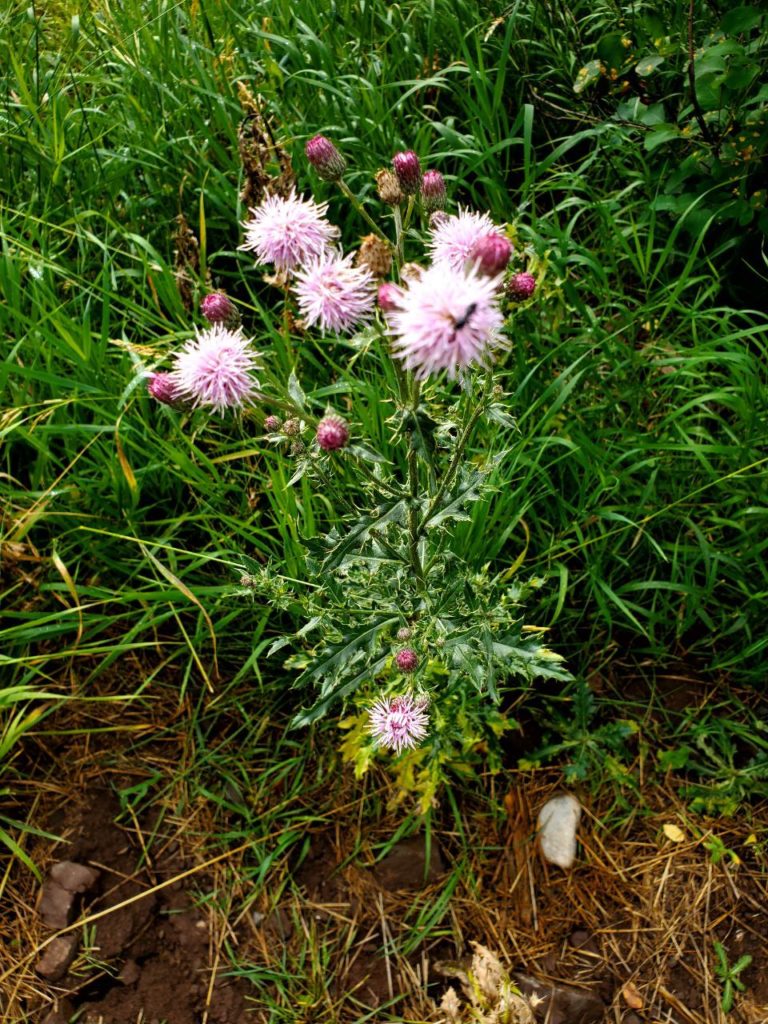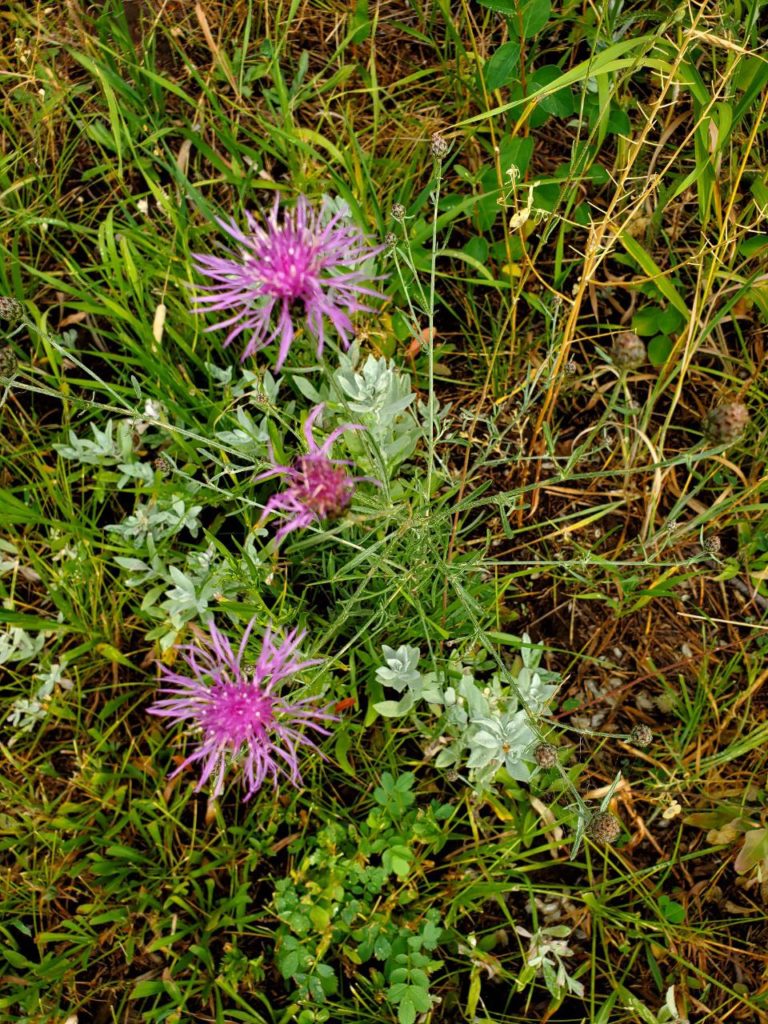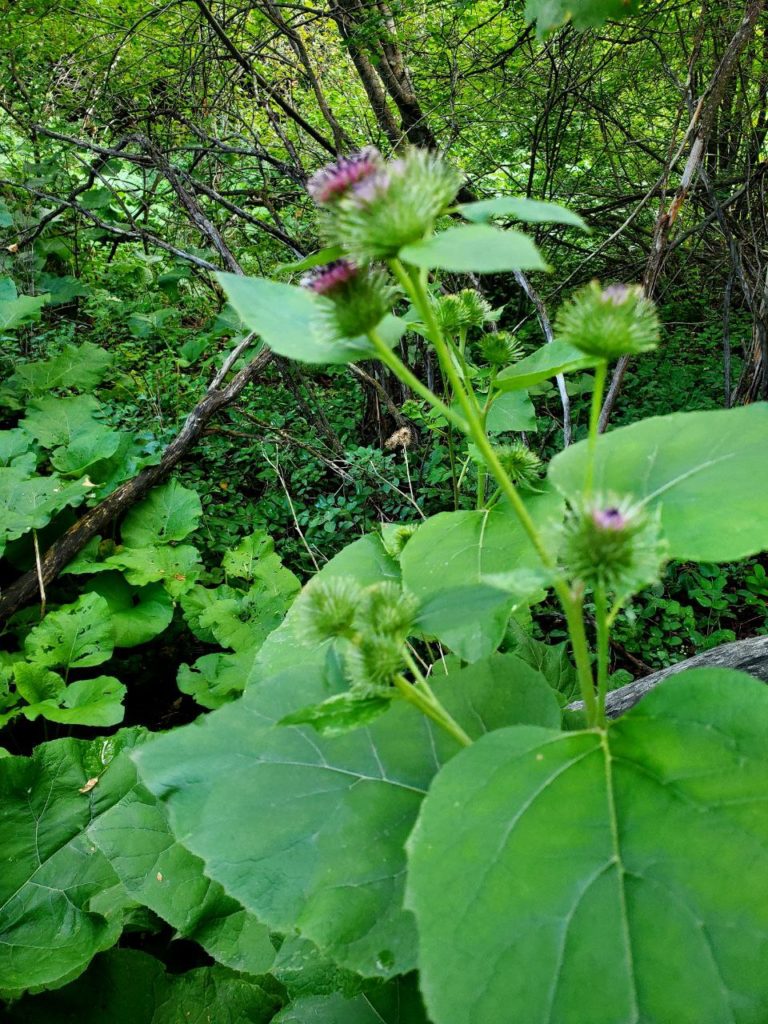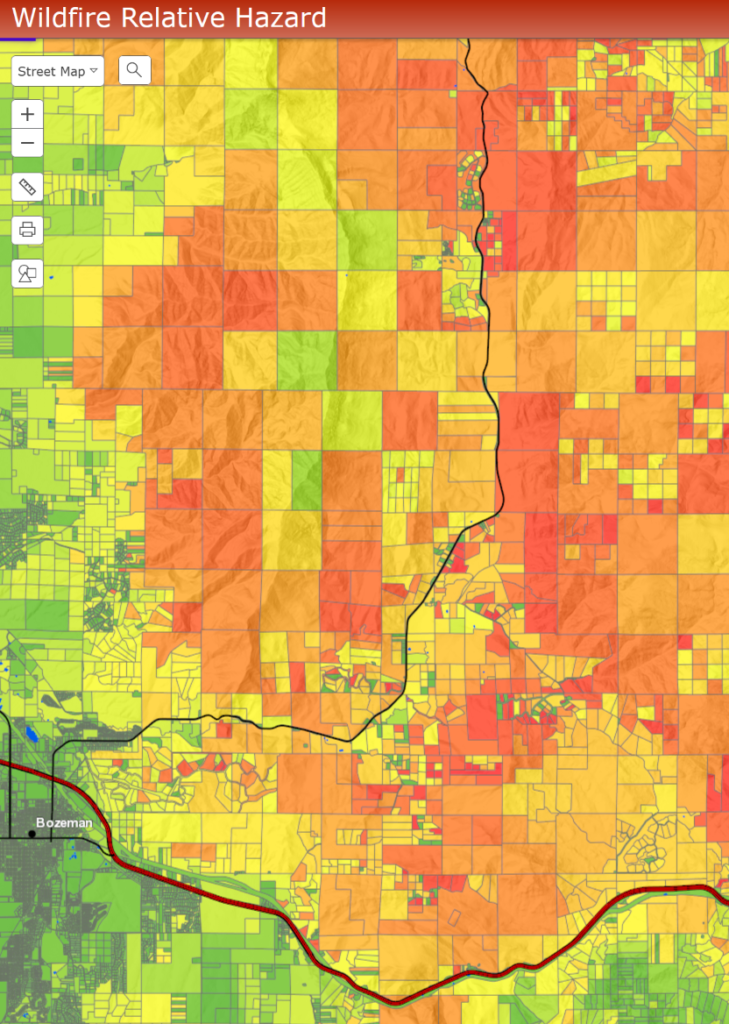Collecting your rebate
The enrollment period for collecting your property tax rebate is now open. This involves some absurdly bureaucratic form-filling, but it should be worth it.
Before you start, you may need:
- A glass of your favorite beverage – this might take a while.
- Your property GeoCode. This is a 17-digit number on your property tax bill, but you can also look it up on the MT Cadastral map.
- You must certify that you’ve lived in this residence for 7 months and paid the taxes.
- An unstated assumption seems to be that rebates are one per household and available only for parcels classified with a dwelling. So, if you have more than one parcel, be sure to get the GeoCode for the principal residence.
- Your property tax bills (for the total paid in 2022). Be sure to enter the total of both halves of the year.
- Your property tax rebate notice letter. (You can skip this with no ill effect it seems, but they request an ID number from the letter.)
- Your social security number. Presumably this needs to match the listed owner of the parcel.
- Your MT income taxes (for questions about dependents and filing status).
To apply, visit the Property Tax Rebate link at the MT DOR transaction portal.
If you need documentation, or have other property tax questions, they’re administered by the Gallatin County Treasurer’s Tax Division.
The Assessment Mess
You’ve probably seen headlines to the effect that the legislature increased property taxes 40% this year. I’ve seen a variety of numbers between 30% and 43%. The legislature didn’t raise tax rates, but total taxes are likely to go up, because assessments are way up. However, it’s not a simple process: there are offsetting limits on county mill rates that partially compensate for the increased assessment.
Compounding this problem, the state has evidently not been following its own statutory requirements for school levies, which are set by the state. Broadwater County has asked the Attorney General, Austin Knudsen, for an opinion clarifying the situation and constraining the state to follow statute. The Montana Association of Counties has written a scathing letter to Gov. Gianforte, expressing unanimous support for Broadwater’s request, and dismay at the legislature’s failure to manage this situation. Excerpts:
Many of your statements indicate that local governments need to show more fiscal restraint
or “greater fiscal responsibility,” as you have often repeated. You seem to imply that appreciating home values, through your Department of Revenue reappraisal process, should compel local governments to mitigate the impacts when setting mill levies. While this is a great talking point and sounds good in theory, the message is misleading at best and overlooks the fact that county mills are capped by the provisions of MCA 15-10-420. When appraised values increase significantly and the taxable values of the jurisdiction rise, the number of mills we are authorized to levy decreases. Therefore, appreciating values actually decrease our levy authority.
During the legislative session, both the Legislature and your administration had the opportunity to further mitigate the impacts of reappraisal but elected not to do so. The Legislature controls the rate at which Class 4 Property is taxed, and when increases in appraised values for Class 4 Property are forecasted, as they were before the 2023 session, mitigation was an option. The rapid increase in residential property in Montana will result in a TAX REDUCTION for all other classes of property for county mills because we are mill-levy limited. Montana counties will levy less mills next year on all classes of property as a result of reappraisal. Residential property valuation increases will outpace all other classes, and the net result will be a reduction in all other classes because residential properties will shoulder a larger percentage of the total taxable value in any taxing jurisdiction. This is how our tax system works in Montana, and telling local governments to show greater fiscal restraint does not stop the burden from shifting to residential property taxpayers.
The letter further explains in detail how the mill levy formulas work in Montana.
I’m not sure we should hold our breath on this one. Apparently AG Knudsen has at best two weeks to act. He’s broken Tim Fox’s record for fewest opinions written per year, perhaps because he’s too busy defending the TikTok ban. Perhaps he needs a little encouragement:
DOJ email: contactdoj@mt.gov
DOJ contact form: https://dojmt.gov/about/
AG phone: 444-2026
Gov. Gianforte: governor@mt.gov
Gov. phone: 444-3111









 Twitter
Twitter Facebook
Facebook RSS
RSS Email
Email